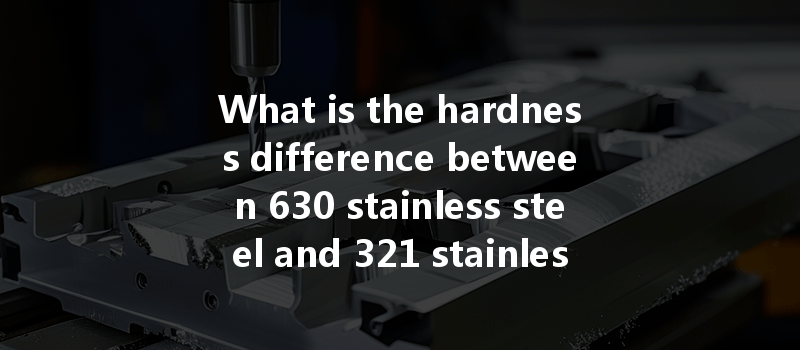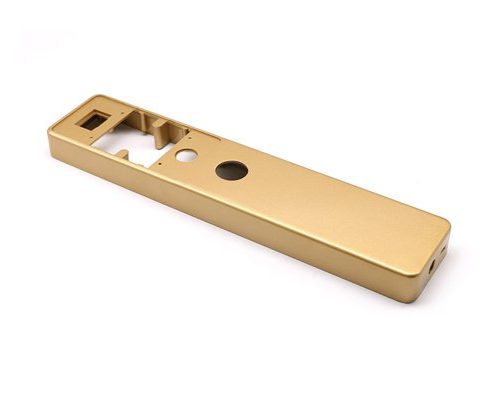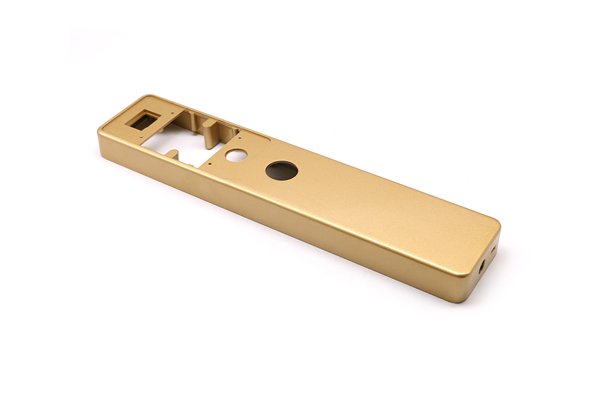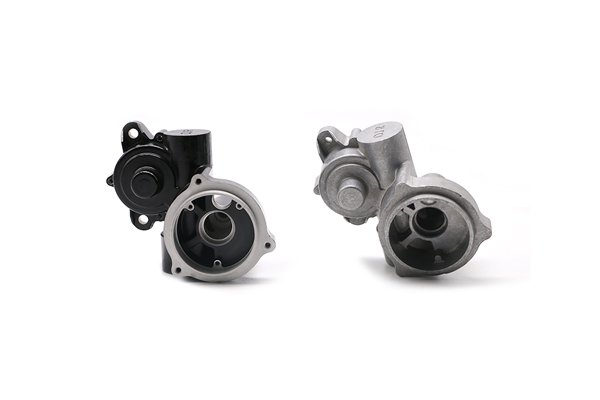Did you know that stainless steel is one of the most versatile materials used today, accounting for over 70 million tons consumed globally each year? With applications ranging from kitchenware to aerospace components, the demand for high-performance stainless steel grades continues to soar. Among various types of stainless steel, 630 (also known as 17-4 PH) and 321 (a titanium-stabilized alloy) are widely utilized in different industries. One often overlooked aspect of these materials is their hardness after CNC machining, which significantly influences their performance in real-world applications.
In this blog, we will explore the hardness differences between 630 and 321 stainless steel, particularly after they’ve undergone CNC machining. We will dive into the complexities of these materials, analyze their mechanical properties, and provide solutions that can maximize their effectiveness while addressing the specific challenges engineers and manufacturers face.
—
The Basics of Stainless Steel Grades
Before we get into the specifics of hardness post-CNC machining, let’s understand the two stainless steel grades in question: 630 and
630 Stainless Steel (17-4 PH)
630 stainless steel is a precipitation-hardening alloy known for its outstanding strength and corrosion resistance. It typically achieves high hardness levels (around 36 HRC) after heat treatment. This alloy is often used in demanding environments, such as aerospace, chemical processing, and marine applications.
321 Stainless Steel
321 stainless steel, on the other hand, is austenitic, offering excellent weldability and resistance to intergranular corrosion thanks to its titanium stabilization. While it does not harden significantly, it offers a consistent level of hardness of approximately 30-32 HRC. Its properties make it suitable for high-temperature applications, including exhaust systems and chemical processing equipment.
—
The Impact of CNC Machining on Hardness
CNC machining is a process that employs computer-controlled tools to remove material and shape parts into their desired forms. This technique can influence the hardness of materials through several mechanisms:
The extent to which these factors alter the hardness of 630 and 321 stainless steel requires careful consideration, reflecting the intricate balance of material properties, machine settings, tooling, and process strategies.
—
Factors Influencing Hardness Post-CNC Machining
When examining the hardness difference between 630 and 321 stainless steel after CNC machining, several aspects come into play:

—
Analyzing Hardness Measurements
To make informed decisions regarding machining strategies, engineers often use various methods to measure hardness. The most common tests include:
It is important to conduct these tests on representative samples from different stages of the machining process, as hardness can vary with the depth from the machined surface.
—
Case Studies on Hardness Differences
Examining specific examples will demystify the implications of hardness in practical applications.
Case Study 1: Aerospace Components
In aerospace, components made from 630 stainless steel benefit from their hardness, contributing to overall performance under high loads. Machining conditions must often create finishes that limit residual stresses, ensuring their reliability. On the contrary, components made from 321 stainless steel are likely to experience less hardness variability, making them ideal for components that do not require high strength but need good corrosion resistance.
Case Study 2: Chemical Processing Equipment
Chemical process equipment often utilizes both 630 and 321 stainless steels due to their corrosion resistance. However, hardness in this context affects wear resistance significantly. For instance, in areas subject to high fluid flow or particle impact, having high hardness (as seen in 630 stainless steel) may extend the component’s service life dramatically.
—
Techniques to Optimize Hardness Post-CNC Machining
Understanding how to influence these materials’ hardness during CNC machining is crucial for maximizing performance. Here are some effective techniques:
—
Challenges and Solutions
Despite the techniques available, manufacturers may encounter challenges in achieving desired hardness:
—
In summary, the hardness difference between 630 stainless steel and 321 stainless steel after CNC machining significantly impacts various applications across industries. Understanding the intricacies of each material, the effects of CNC machining processes, and the factors influencing hardness is imperative for engineers and manufacturers alike.
As we navigate the world of stainless steel machining, being educated on the complex behavior of these materials can make all the difference between mediocre and exceptional performance. The techniques discussed, from optimizing cutting conditions to ensuring proficient tool selection, serve as foundational elements that can assist in achieving the desired hardness levels to meet specific application needs.
This blog is not just an exploration of hardness; it’s a call to action for those in the manufacturing landscape to reflect on their operational processes continually. With the right knowledge and practices in place, you can inspire advancements in not just your production efficiencies but also the overall quality of your final products. As the demand for high-performance materials grows, emphasizing the importance of material characteristics post-CNC machining will ensure that you stay ahead in a competitive landscape.



